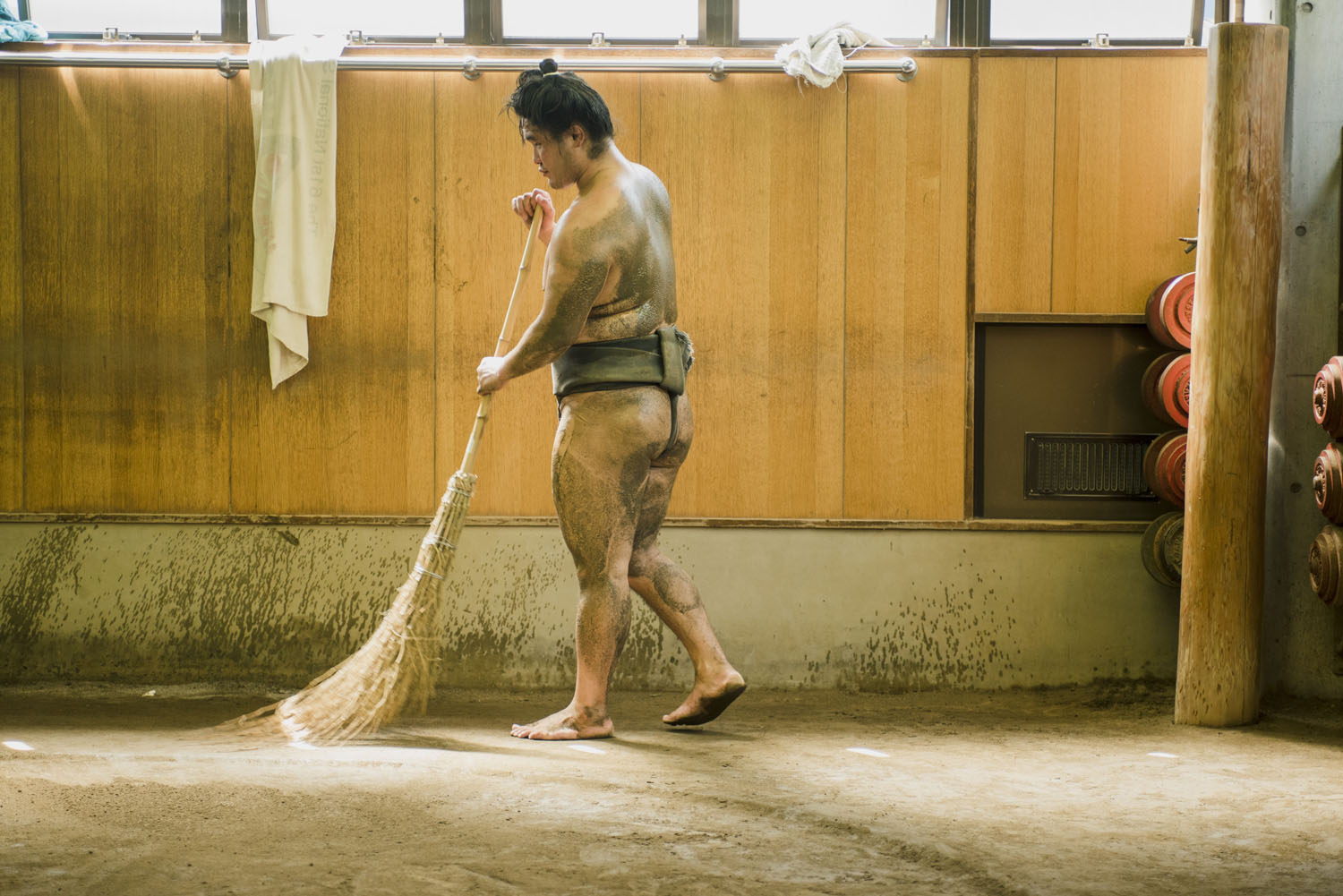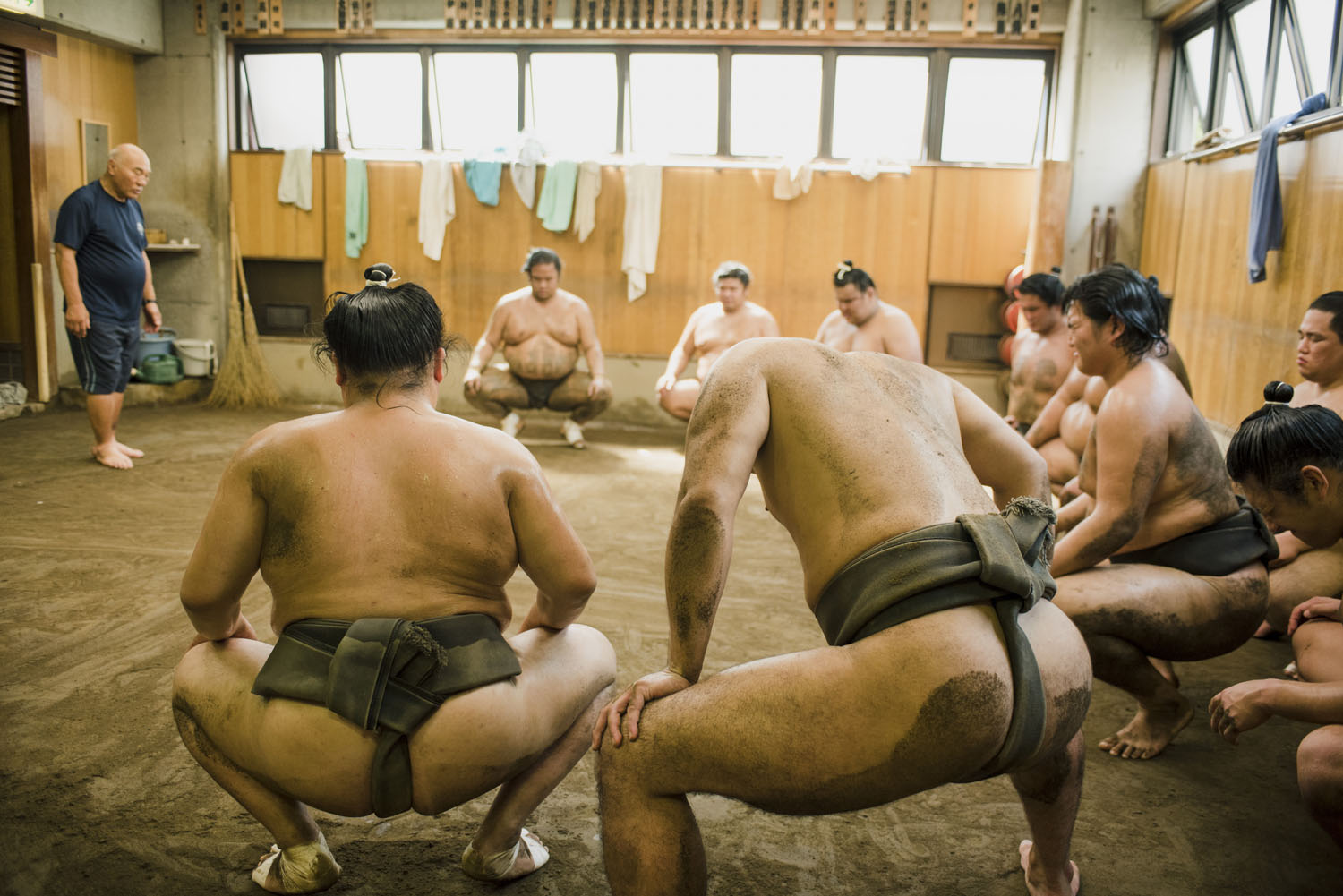The Spirit of Japan Through Sumo
“Sumo wrestling is synonymous with Japan, but few realize that attending a sumo match is like stepping back in time.”
Sumo is more than just Japan's national sport—it's a living tradition that offers travelers a unique window into the country's rich cultural tapestry. Whether you're a sports enthusiast, a history buff, or simply curious about Japanese culture, experiencing sumo firsthand is essential on your journey through Japan.
By displaying traditional dress, manners, and Shinto practices, sumo wrestlers are much more than sports stars. They sustain Japan’s premodern culture that is absent in the lives of most other modern citizens and symbolize the essence of the Japanese spirit. Sumo functions as a cultural symbol, a storied tradition, and a spiritual practice that has continuously captivated audiences for countless centuries.
Origins of Sumo
Sumo has a long history that dates back hundreds of years, though it didn’t always look the way it does today. Before the 17th and 18th centuries, the term "sumo" referred to various forms of wrestling that took place in different social settings and served different purposes. While the exact origins of sumo are unclear, wrestling has been an important part of Japanese society for much of its recorded history. During the Heian Period, it was a key part of rituals and ceremonies held at court, and was presented as an offering to the gods.
Then, sumo tournaments began to be held by temples and shrine communities in order to raise funds for rebuilding temple structures. Inspired by this, other matches were staged in public and attracted larger crowds. By the start of modern Japan, sumo had transformed into a sport that symbolized Japanese identity, with standardized rules and regulations created by the Japanese Sumo Association, which continue to remain in practice.
Sumo and the Spirit of Shinto
Attending a sumo Grand Tournament or a sumo morning practice contains countless elements of Shinto ritual, if you know where to look. When a wrestler performs the “ring-entering ceremony” he will clap his hands, just as one attracts a kami’s attention before delivering one’s prayer at a Shinto shrine. Many sumo stables will often have a kamidani alter shelf hung above the dohyo practice ring, a witness to the daily sumo morning practice.
Wrestlers also routinely use salt to purify the ground, both in morning practice and in tournaments. At sumo Grand Tournaments, the robes worn by officials resemble the clothing of Shinto priests, while at sumo morning training, practices usually end with a group chant, all of which are elements of Shintoism that can be found immersed into the sport of sumo.
Seeing Sumo in Japan
For many, sumo wrestling is synonymous with Japan, but few realize that attending a sumo match is like stepping back in time. The rituals, ceremonies, and deep-rooted traditions that define this ancient sport offer an immersive experience into Japan's past. From the spiritual purification rituals to the intense, fast-paced bouts, sumo encapsulates the essence of Japanese culture in a way that's both accessible and profound.
Some ways to interact with the sport of sumo wrestling in Tokyo include:
Attending a sumo morning training session
Sitting ringside then having chanko-nabe lunch with active sumo wrestlers
Spending a night at an izakaya run by a former sumo champion and have dinner with two active sumo fighters
Watching the Sumo Grand Tournament
While sumo dates back over a thousand years, its relevance continues today, attracting visitors from around the world. Attending a sumo tournament, or even a morning practice session, allows travelers to witness this dynamic blend of religion, sport, and tradition. Whether you're exploring Tokyo or venturing off the beaten path, sumo offers a unique lens through which to view Japanese society.
Want to read more about how sumo embodies tradition, religion, and sport? For a deeper dive, click here.









